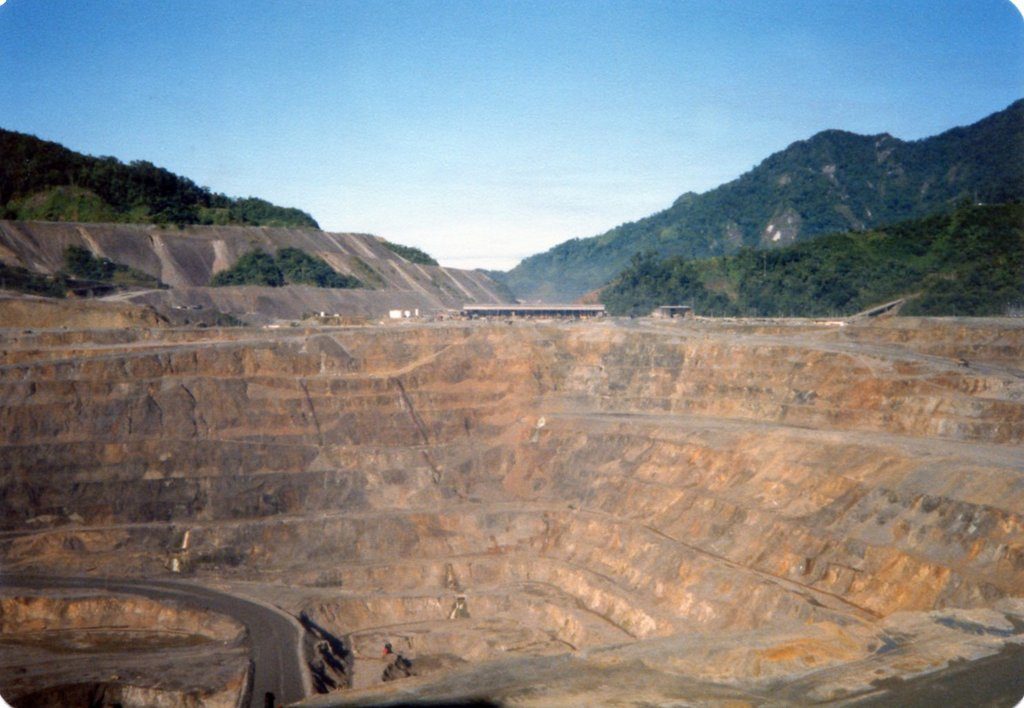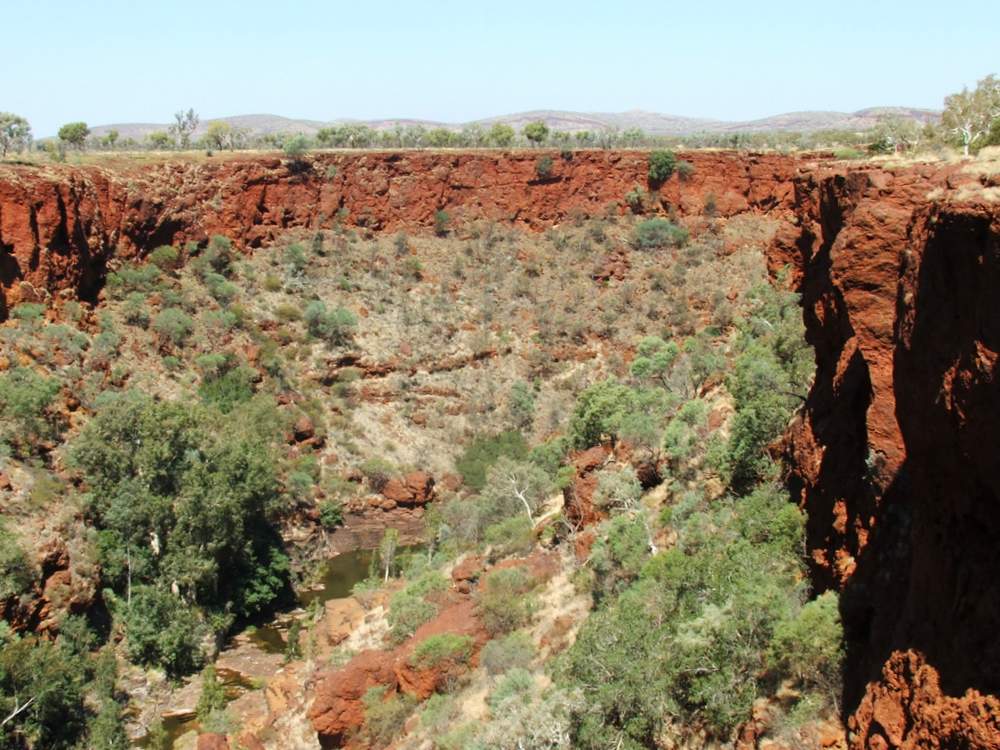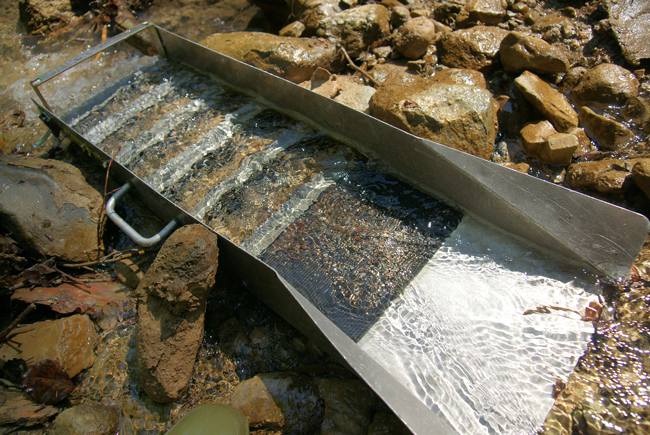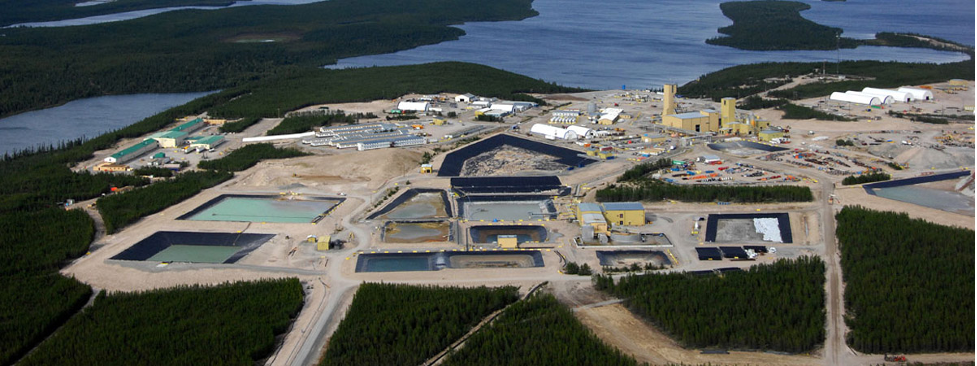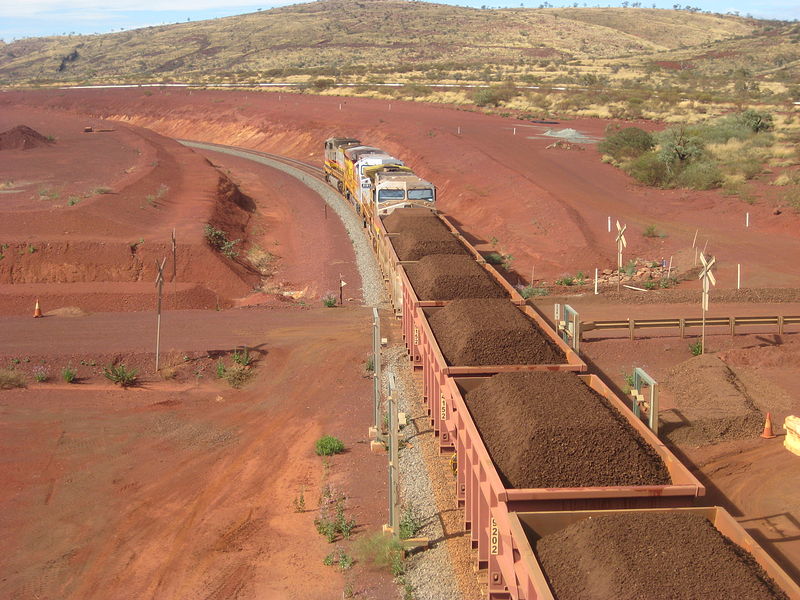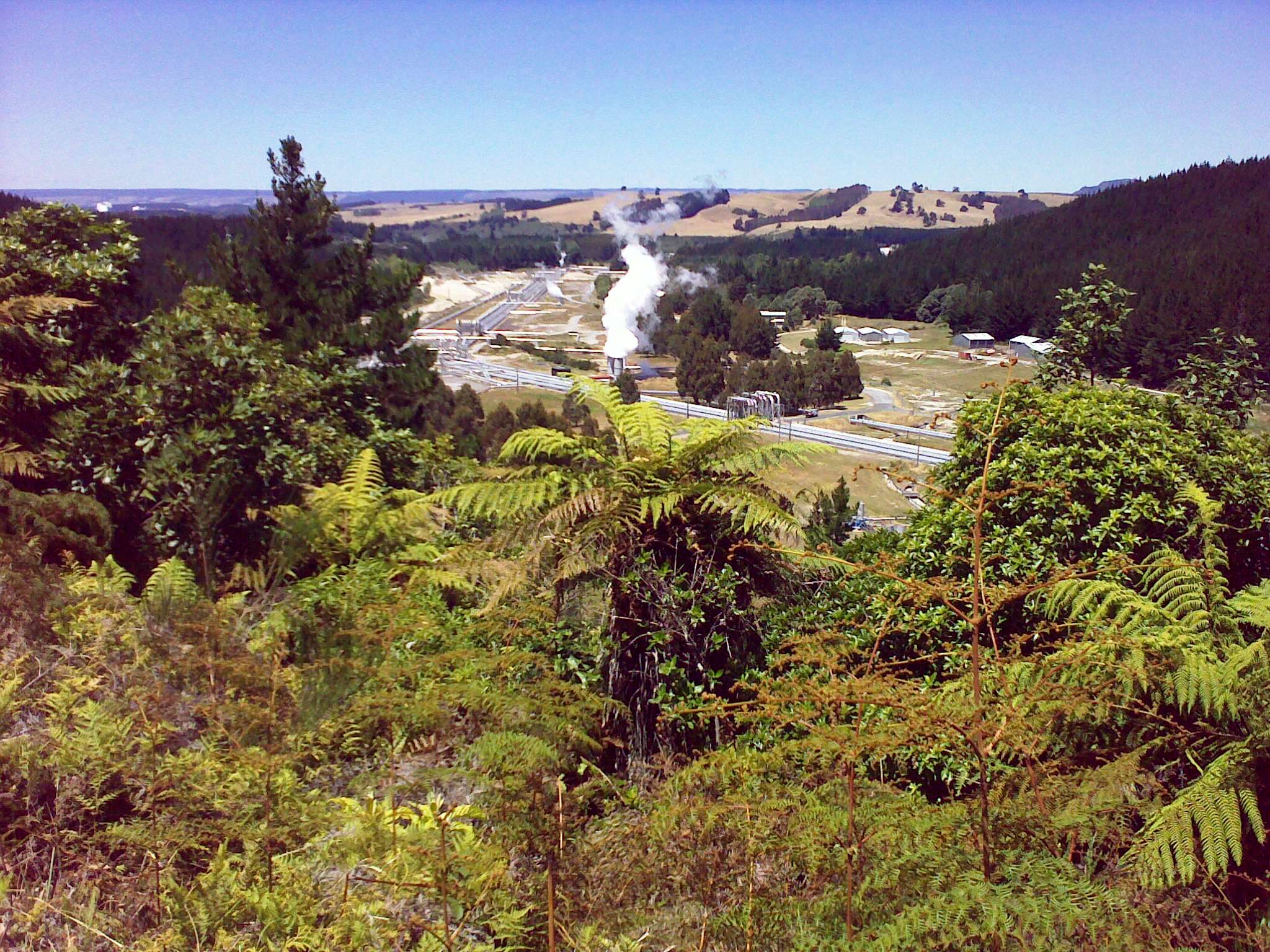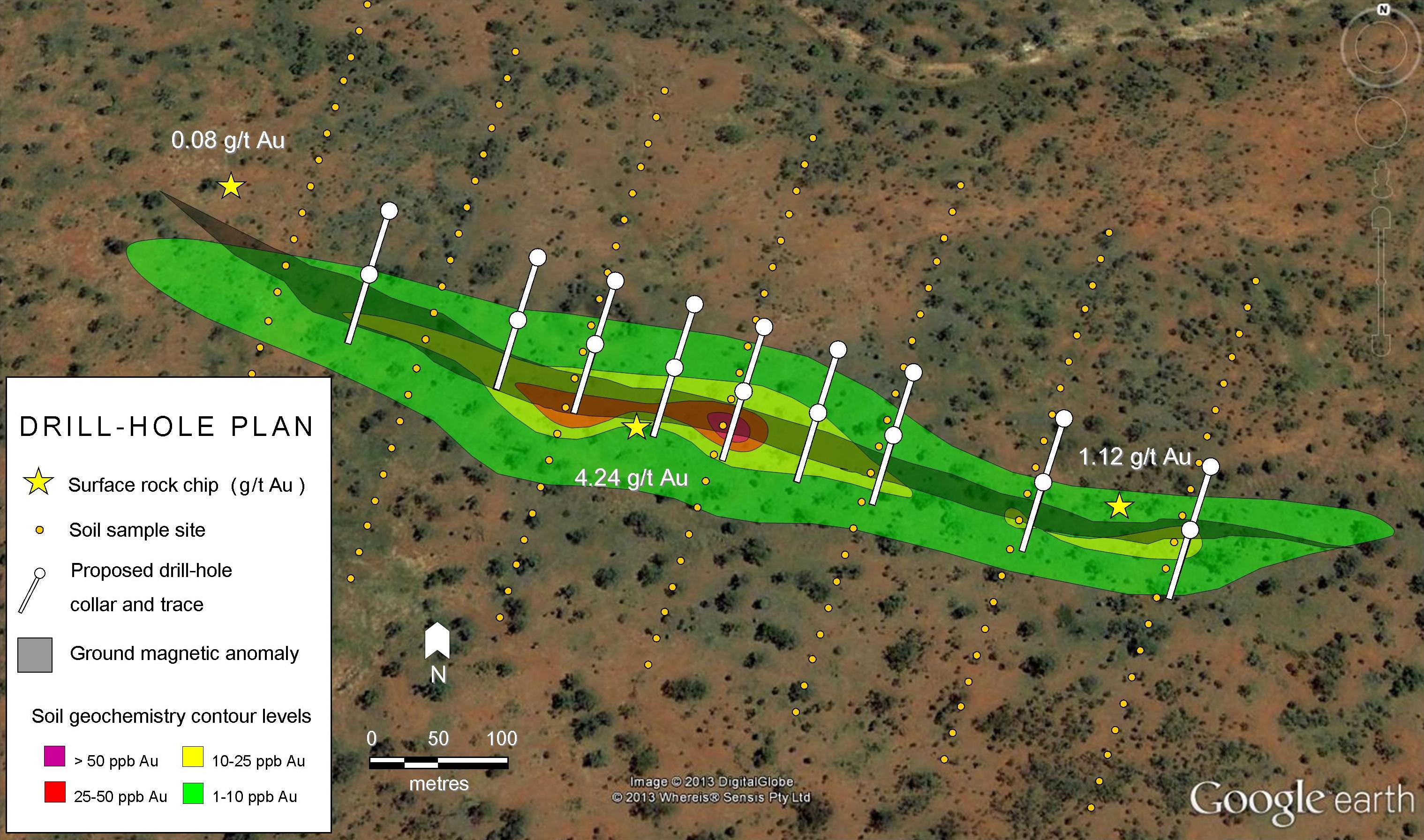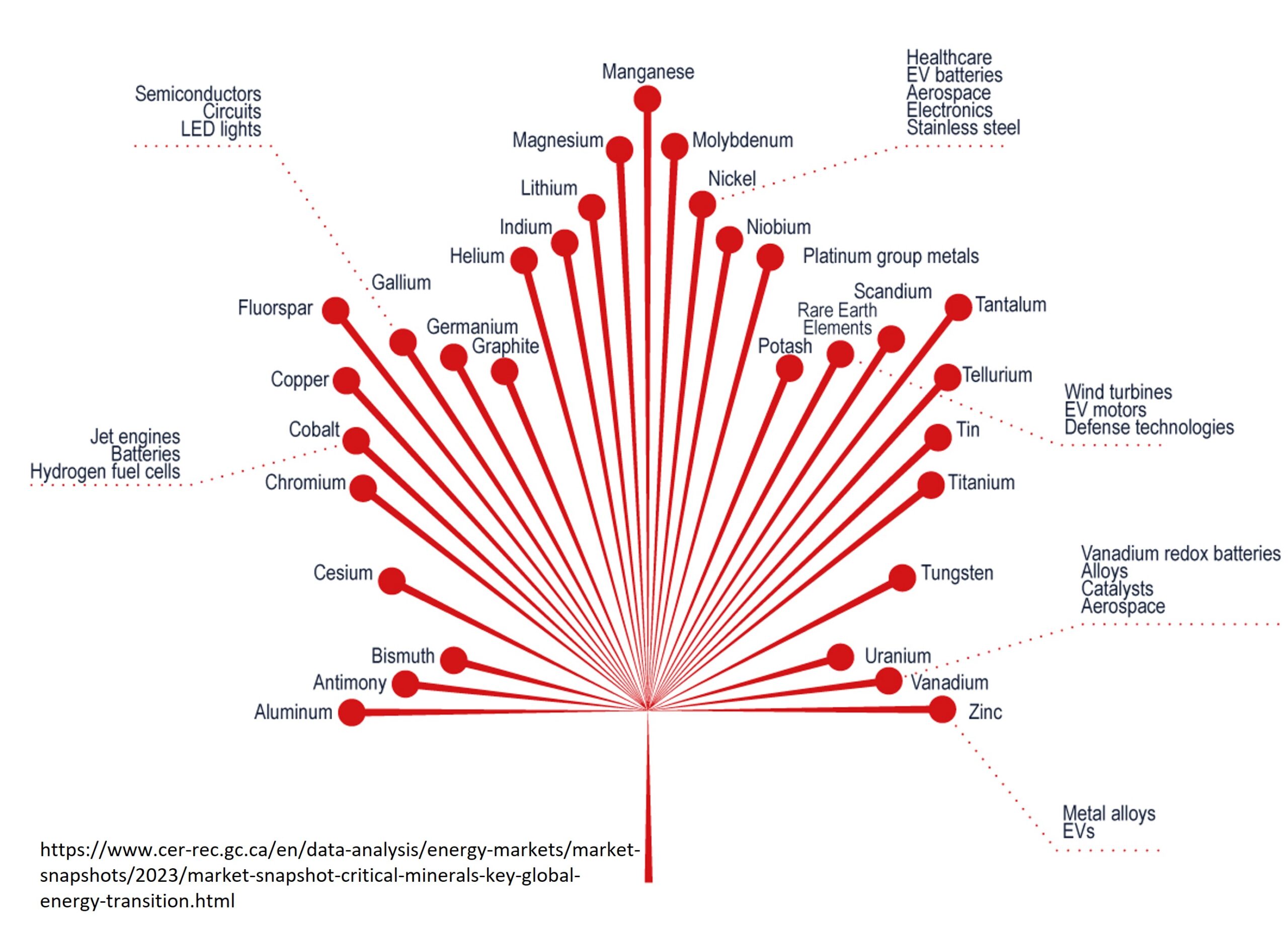Introduction
Carbonatites are a special group of carbonate-rich igneous rocks and the world’s primary source of rare earth elements (REE), niobium, zirconium, and phosphate oxide. They contain more than 50% primary carbonate minerals, less than 20% silicate minerals (pyroxene, amphibole, and olivine), and few phosphate minerals. Carbonatite deposits exist around the world, primarily in continental rift settings. In most cases, carbonatites are intrusive or subvolcanic, forming cone sheets, volcanic necks, dykes, sills, breccias, and veins. A notable exception is the Oldoinyo Lengai Mountain in Northern Tanzania, which is the only known active carbonatite volcano on Earth. Preservation of carbonatite lava flows is rare, because the carbonate minerals weather so easily.
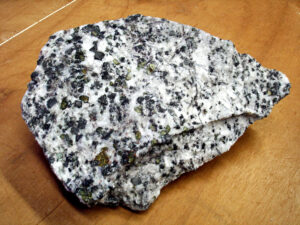
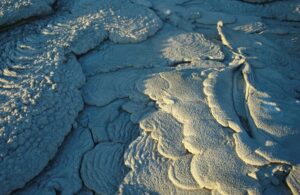
Carbonatites are divided into four major groups according to the dominant carbonate mineral:
- Dolomite-carbonatites/beforsites: Dolomite (CaMg(CO₃)₂) is the main carbonate mineral.
- Calcite-carbonatites: Calcite (CaCO₃) is the main carbonate mineral. This group is further divided into sovites (coarse-grained rocks) and alvikites (medium to fine-grained rocks).
- Ferro-carbonatites: Dominant minerals are typically hematite (an iron oxide) and calcite.
- Natro-carbonatites: Dominant carbonate minerals are sodium-, potassium-, and calcium-rich carbonates. The only known occurrence of this carbonatite is at the Oldoinyo volcanic center.
Rare Earth Elements (REE) are a group of elements which have similar geochemical properties and occur together in a deposit. They belong to a chemical group called Lanthanides, which occupies atomic numbers 57 to 71. The elements include lanthanum, cerium, praseodymium, neodymium, promethium, samarium, europium, gadolinium, terbium, dysprosium, holmium, erbium, thulium, ytterbium, and lutetium. Yttrium and Scandium are also considered REE because they occur in the same ore deposits as the lanthanides and have similar chemical properties. REE-bearing ore minerals include bastnäsite, monazite, and xenotime.
Rare Earth Elements are not particularly rare – in fact, they are more abundant than gold. However, they rarely occur in high concentrations, and similar physical and geochemical properties make it difficult to separate rare earth elements from each other. Separation is achieved through expensive processing technology, which makes many low-grade REE carbonatites uneconomical to mine. Rare earth elements have many uses, including the manufacturing of electric car motors, lithium-ion batteries, computer hard drives, solar panels, ceramic, and magnets.
History of Carbonatite Mining
Carbonatites have the highest known concentration of REEs in any igneous rock, making them an attractive mining target. While early REE mining was mainly in placer deposits in India and Brazil. Carbonatite REE mining took off in the 1950s with the discovery of the Precambrian Mountain Pass deposit in California, USA. Mountain Pass was the world’s main supplier of REEs until the early 2000s when environmental concerns and competition from China caused the mine to close. Three carbonatite deposits in China (Bayan Obo, Maoniuping, and Dalucao) provide the majority of the world’s REEs. Mining at Mountain Pass mine resumed in 2018 in response to increased demand of REEs and geopolitical forces.
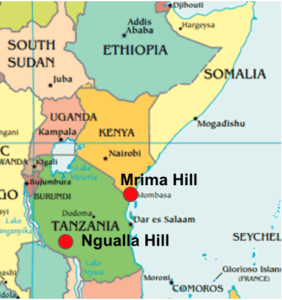
Growing demand for REEs has prompted further exploration for REE deposits in carbonatites around the world. The African continent, particularly the East Africa Rift Valley, is home to two prominent carbonatite REE deposits, which are discussed in detail below.
Mrima Hill Carbonatite (Kenya)
Geology
Mrima Hill is a niobium and REE deposit located in Kwale County, about 70 km southwest of the Kenyan coastal city of Mombasa. The Cretaceous deposit consists of four separate alkaline intrusions: Kiriku, Mrima, Nguluku, and Jombo. These intrusions cover a surface extent of approximately 2 by 1.3 km and are thought to be joined at depth. The alkaline intrusions consist of carbonatite, agglomerate, and fenitized sediments. The complex intruded into Jurassic sandstones and is covered by soil and laterite with poor exposures, although the Mrima intrusion is exposed at the surface as a small (1000 x 600 m) hill. Weathering is extensive, going as deep as 100 meters in some places, with the weathered section showing a high concentration of minor resistant minerals. The main rare-earth minerals present are monazite ((Ce, La, Th) PO4) and gorceixite (barium-aluminium phosphate with rare-earths).
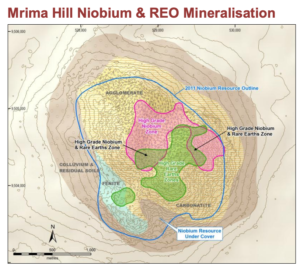
Rare Earth Elements Potential
The deposit was discovered in the early 1950s and has undergone substantial historical exploration. The Kenya Mines and Geology Department carried out a test shaft and 81 test pits in the 1950s, followed by over 400 test pits and 2,000 m of drilling carried out by Anglo American from 1955-1957 and Pechiney from 1971-1973. By 2010, explorers had sampled more than 3000 m from drilling, 9000 m from test shafts and 37 tonnes from bulk sampling. Historic drilling indicated high mineralization for rare earth elements, niobium, tantalum, phosphate, and manganese up to 150 meters depth.
In 2010, Cortec Mining Kenya Ltd (a Kenyan subsidiary of the Canada-based mineral exploration company Pacific Wildcat Resources Corp) undertook an extensive exploration program, performing a 974 m (31 holes) reverse circulation drilling over the Mrima hilltop. It was followed by 1700 m diamond drilling on the enriched weathered zone to estimate its vertical extent. The results confirmed test pits and historical shaft results, positioning Mrima Hill as a world-class resource for niobium and REE. The indicated mineral resource for niobium was 12.0 million tonnes at 1.21% Nb₂O₅ and an inferred resource of 105 million tonnes at 0.65% Nb₂O₅. The results also showed potential for a world-class REE deposit with initial target resource of 10-20 Mt at 3-5% total rare earth oxides (TREO).
The government of Kenya revoked the mining license issued to Cortec Mining Kenya Ltd in March 2013, stopping further exploration and mine development. The license issue has not been resolved to date, but with rising global demand for niobium and REE, the Mrima Hill deposit remains one of the largest undeveloped niobium-REE deposits in the world.
Ngualla Carbonatite (Tanzania)
Geology
The Ngualla carbonatite is located on the western edge of the East Africa Rift Valley in southwest Tanzania, 147 km from the city of Mybea. The exact age of the carbonatite complex is unknown, but it is thought to be around 1 billion years old, and was intruded into Proterozoic gneisses, quartzites, and rhyodacitic volcanic rocks. The intrusion has a pipe-like form, consisting of an inner body of iron-rich dolomite that intruded a plug of calcitic carbonatite. The carbonatite intrusion has a diameter of approximately 4 km, and is encompassed by a 1 km wide fenite alteration zone, which forms a ring of low hills.
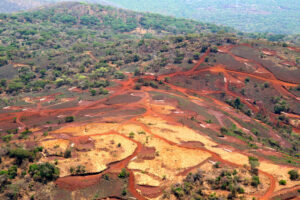
Mineralization is enriched in weathered and altered zones of the carbonatite, which can be attributed to weathering of the carbonate minerals and oxidation of the iron carbonate component present in dolomite carbonatite. Removal of carbonate through weathering also caused significant mass reduction and contributed to the formation of a layer of unconsolidated solid material rich in goethite. The main REE-bearing mineral is bastnäsite (carbonate-fluoride), which is present in the center ferroan dolomite zone.
Rare Earth Elements Potential
Current developers of the deposit, Australia-based Peak Resources, aim to mine the weathered zone of the carbonatite from the surface to a depth of over 140 m. This zone contains high-grade REE mineralization within the mineral bastnäsite and can be extracted using a low strip ratio open pit technique. Low levels of thorium, uranium, and phosphate simplify the required ore processing and concentration procedures. Exploration work done on this deposit includes a three-phase drilling program comprising over 38,700 m of drilling in 649 drill holes. This work was followed by an additional 30,139 m infill reverse-circulation (RC) and 3,106 m of diamond drilling, with geochemical analysis completed on 20,403 samples.

In 2016, Peak Resources announced a JORC (Australasian Joint Ore Reserves Committee) compliant mineral resource estimate of 214.4 million tonnes at 2.15% REO (rare earth oxides), for 4,620,000 tonnes of contained REO (above 1% REO cut-off). This represented a 10% increase in tonnes, 8% increase in grade and 5% in contained REO over their 2013 estimate. The mineral resource estimate for above 3% cut-off was 19.9 million tonnes at 4.90% REO, for 980,000 tonnes of contained REO. Mineral reserve for the weathered bastnäsite zone at a 1% REO lower grade cut-off was estimated to be 21.3 million tonnes at 4.75% REO for 1,010,000 tonnes contained REO. Within this, the proved reserve was 18.5 million tonnes at 4.80% REO for 887,000 tonnes of contained REO while the probable reserve was 1.7 million tonnes at 5.14% REO for 90,000 tonnes.
The Ngualla deposit is one of the largest and highest grade rare earth deposits in the world, especially for neodymium and praseodymium. The REE mine under development is estimated to have an initial production life of 26 years, aiming to export 32,700 tonnes per year of rare earth concentrate.
Conclusions
As global demand for electronics, batteries, and clean energy increases, so will the demand for REEs. Carbonatites are among the world’s richest sources of REEs and there are promising deposits in the US, Brazil, East Africa, Western Australia, and China. The untapped potential of these unique igneous rocks will play a crucial role in the future of REE mining.
Further Reading
Subscribe for Email Updates

